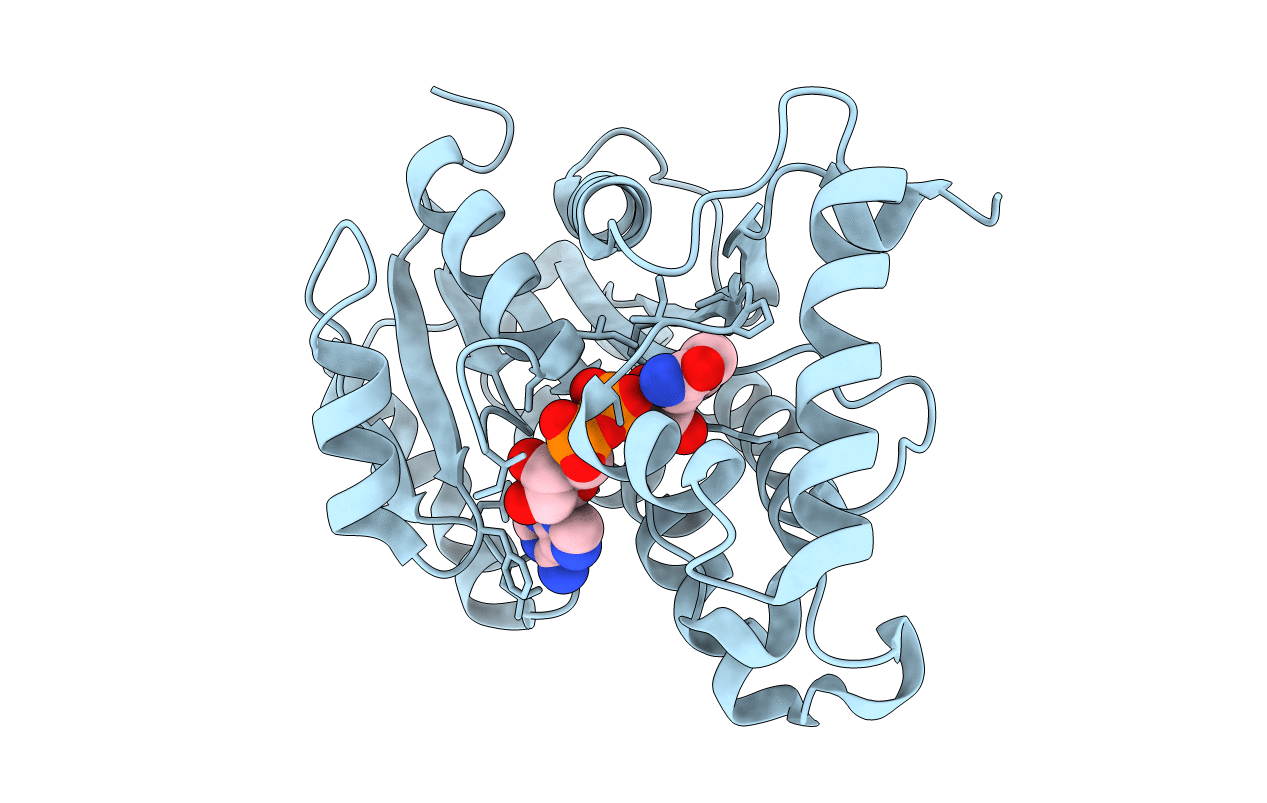
Deposition Date
2012-02-16
Release Date
2012-10-03
Last Version Date
2024-02-28
Entry Detail
PDB ID:
4DQU
Keywords:
Title:
Mycobacterium tuberculosis InhA-D148G mutant in complex with NADH
Biological Source:
Source Organism:
Mycobacterium tuberculosis (Taxon ID: 1773)
Host Organism:
Method Details:
Experimental Method:
Resolution:
2.45 Å
R-Value Free:
0.25
R-Value Work:
0.21
R-Value Observed:
0.21
Space Group:
P 62 2 2


